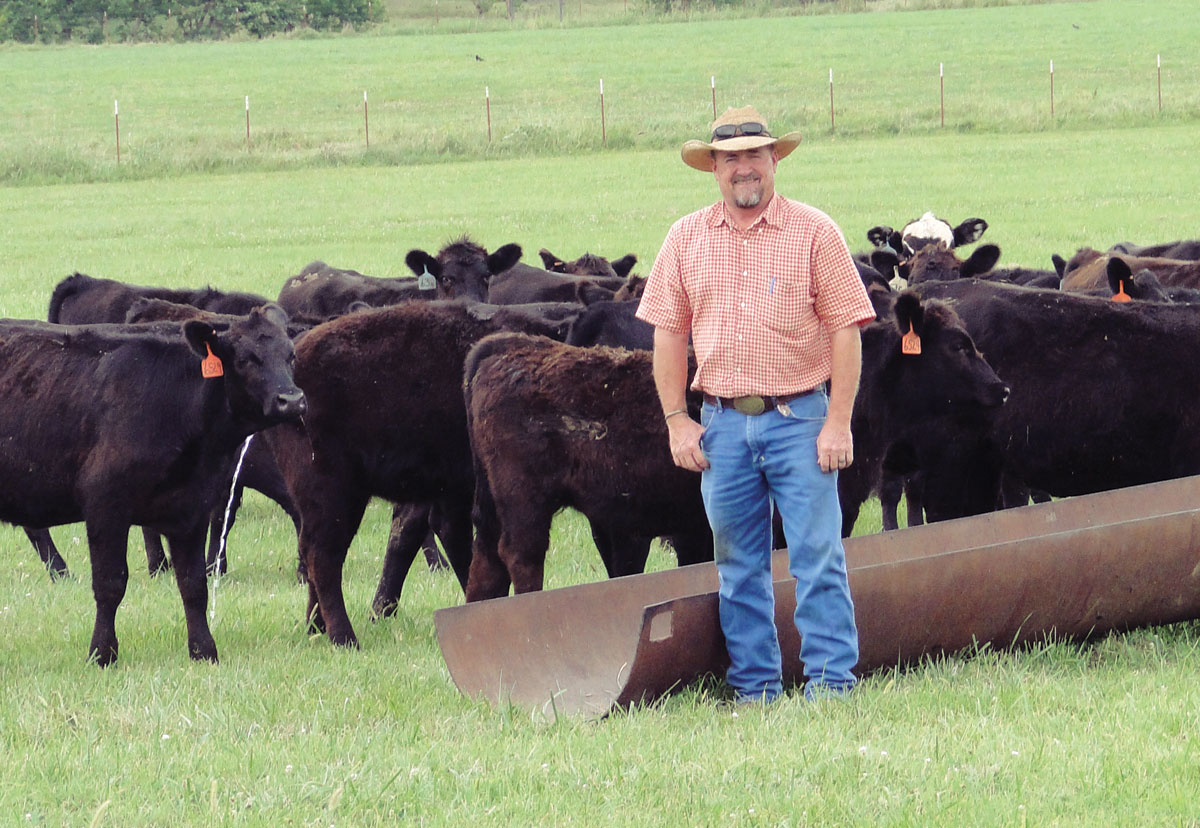Agood breeding boar might be easy to pick. Just look for one with a good frame and straight legs. However, to maximize profit and achieve the desired results, a little more research can pay off. Dr. Tim Safranski with the University of Missouri Animal Sciences Division offers some tips.
A breeding boar will have an impact on any swine operation. Here are tips on what to look for and what to avoid.
1. “Match the breed to the need when looking for a good breeding boar,” said Safranski. If a farmer is looking for replacement gilts, a maternal breed with good litter size and milking ability is needed. He mentioned Yorkshire, Chester White and Landrace.
If a producer is looking to market pigs, the growth rate and feed efficiency would be more important. The Duroc, Hampshire and Berkshire are all market pig breeds.
For replacement gilts and market pigs there comes compromise and crossbreeding.
2. Look for the best breeders. These breeders are committed to animal improvement and health. They stand behind their boar. “It’s a little harder to find good breeders,” said Safranski. “I think the percentage is the same, there are just less people raising swine.”
There is a lot of variation among boars. There are entry level to luxury. This is dictated by genetics. The higher the merit of the boar, the higher the cost. A producer might consider buying a young boar, for less money and raise him, depending on when he is needed.
3. Always consider health. The bacterial or viral threat that a farmer doesn’t have should not be brought on to the farm. Often the breeder’s vet can talk to the buyer’s vet without violating privacy.
A high performing boar that is cooled in the summer and heated in the winter may not perform outdoors. And the reverse is true. Heritage breeds tend to be more durable. They have not been changed as much through selection in the past 30 years with the changes in productions systems. When most other pigs went to heated/cooled barns, heritage breeds did not.
4. Look at the numbers for feed efficiency, breeding values and expected progeny difference. Pick the five best boars you can afford and then look at them. A decision can be made on physical appearance, but only after you know the numbers.
5. “Consider not buying a boar,” said Safranski. “Over 90 percent of sows are bred using artificial insemination.” It would depend on the cost of the boar and the number of sows needing bred. AI is easier on pigs than on cows.
More information is available through the extension or by going to ozarksfn.com and clicking on the Extended Stories link.






